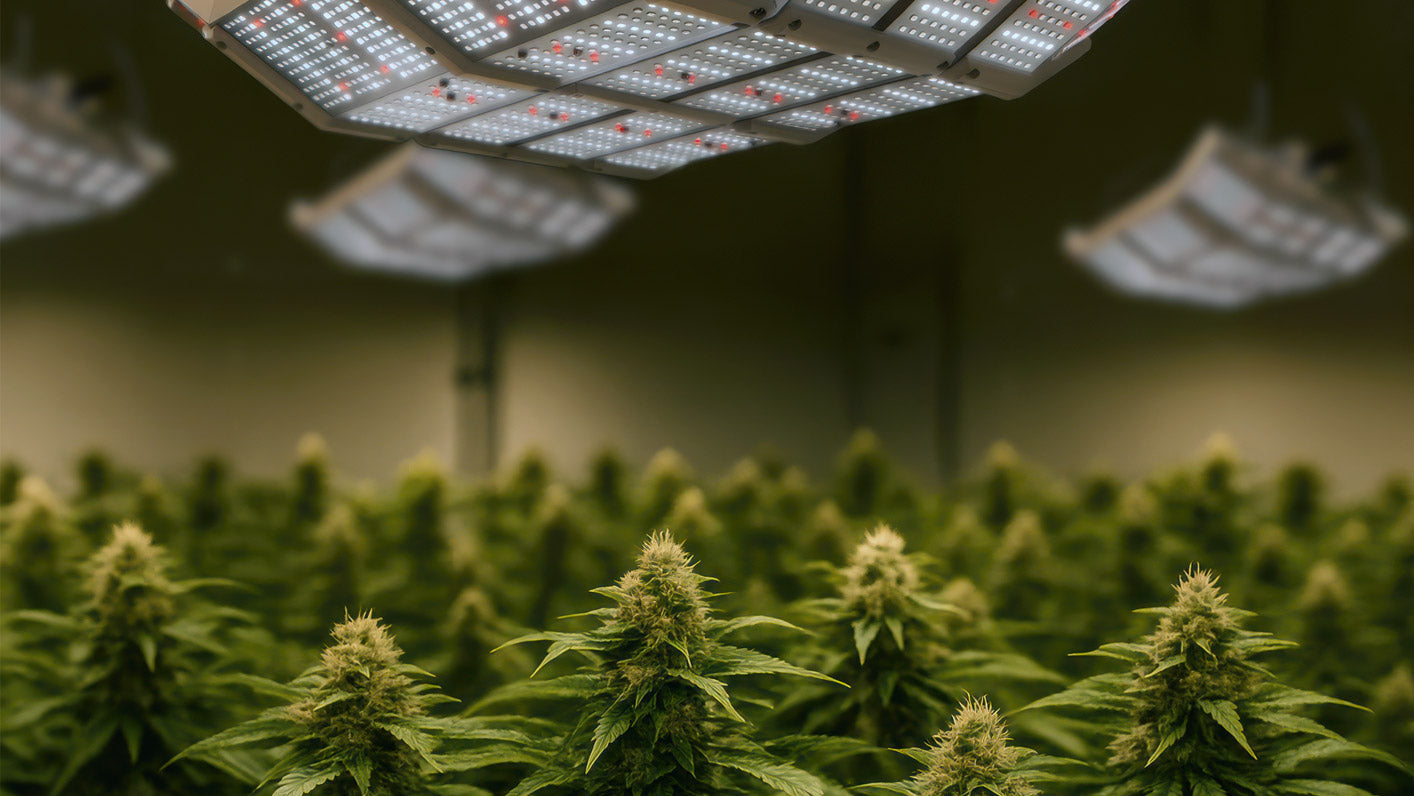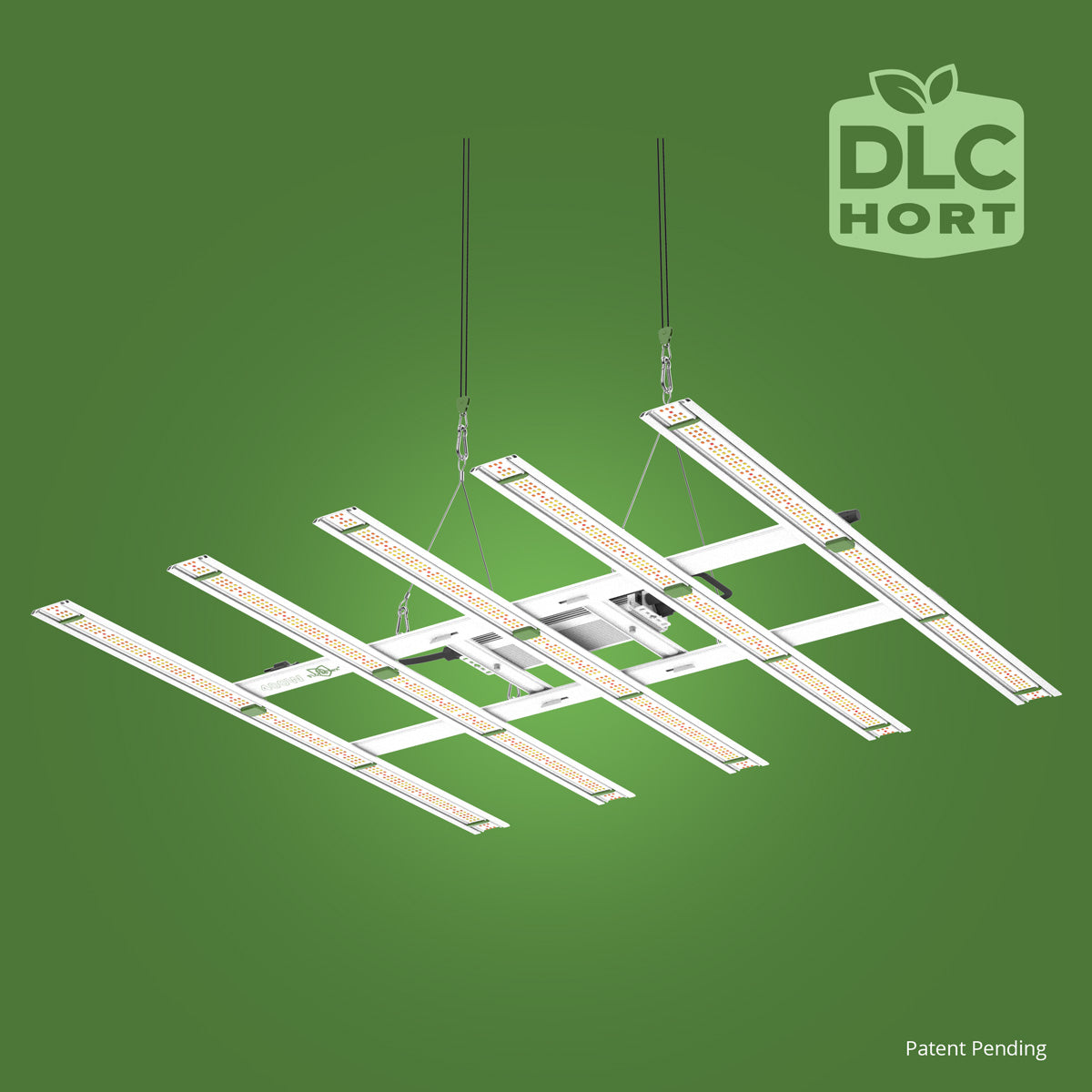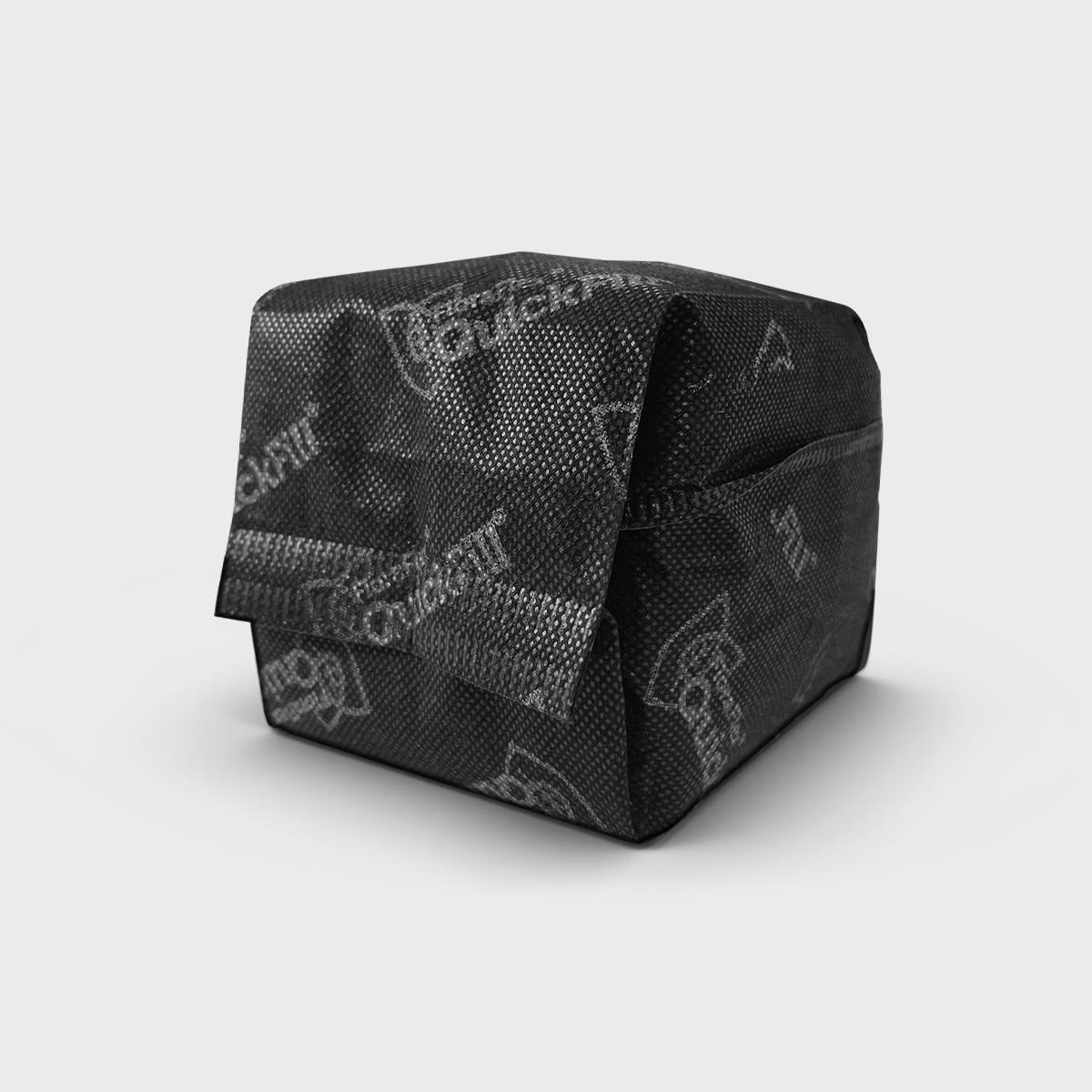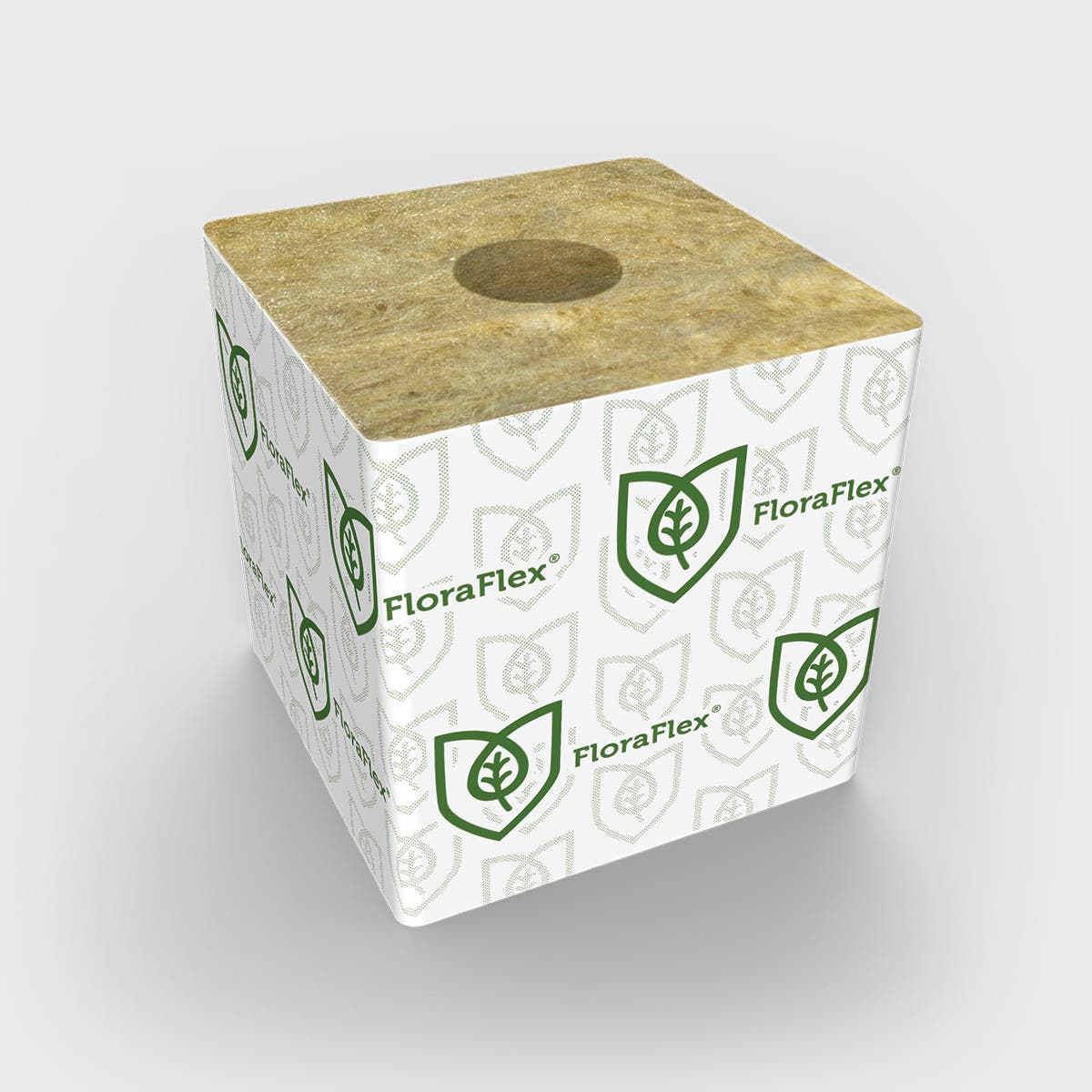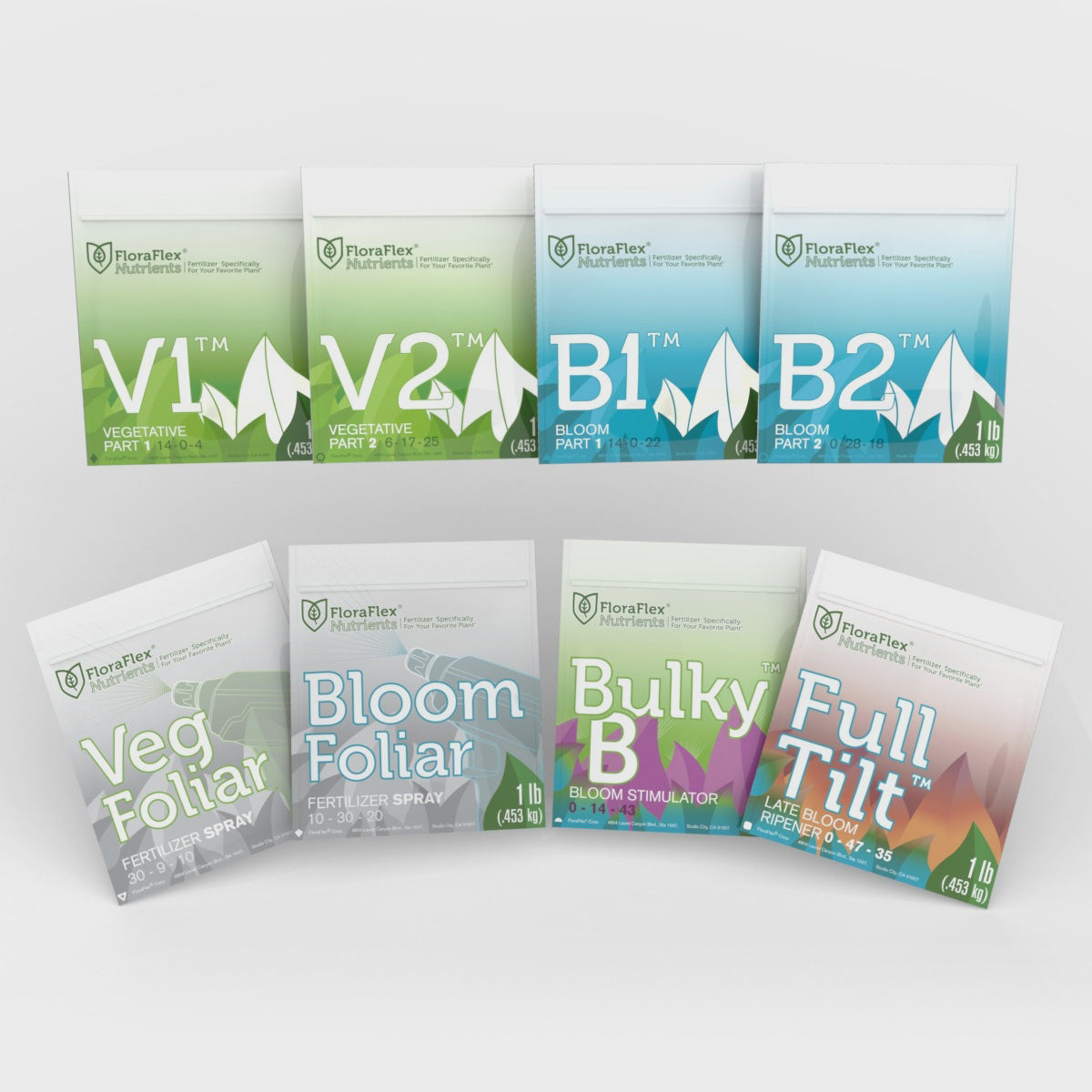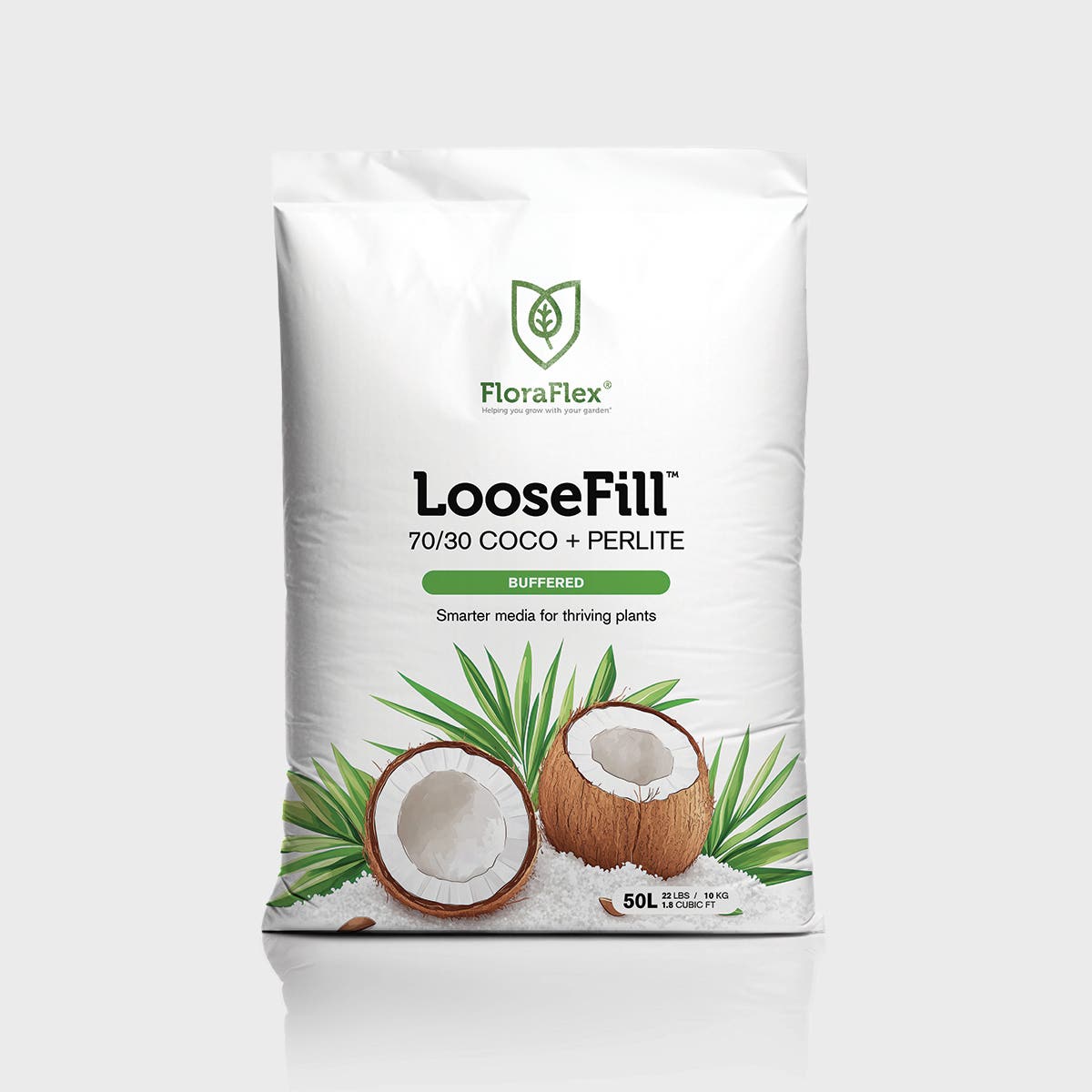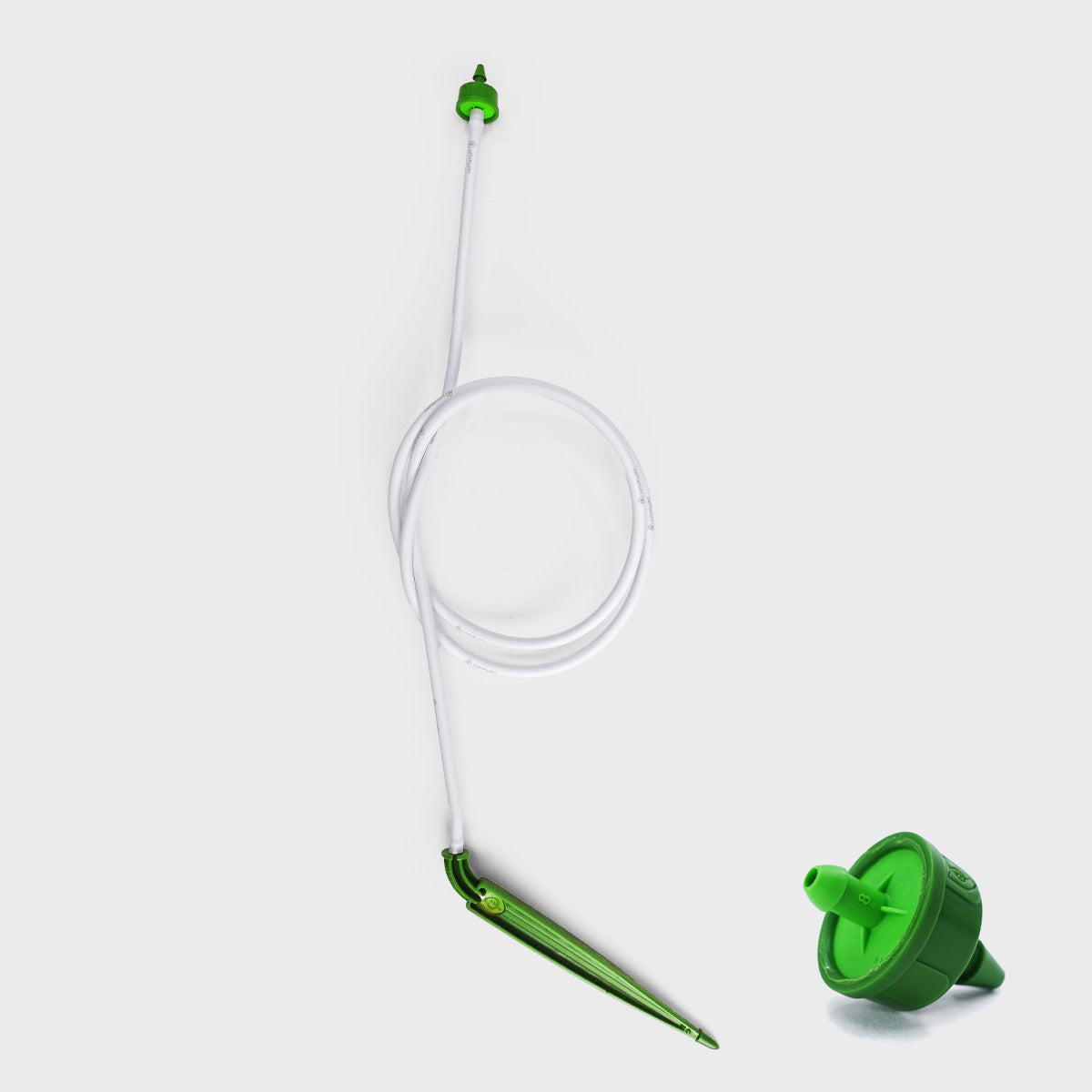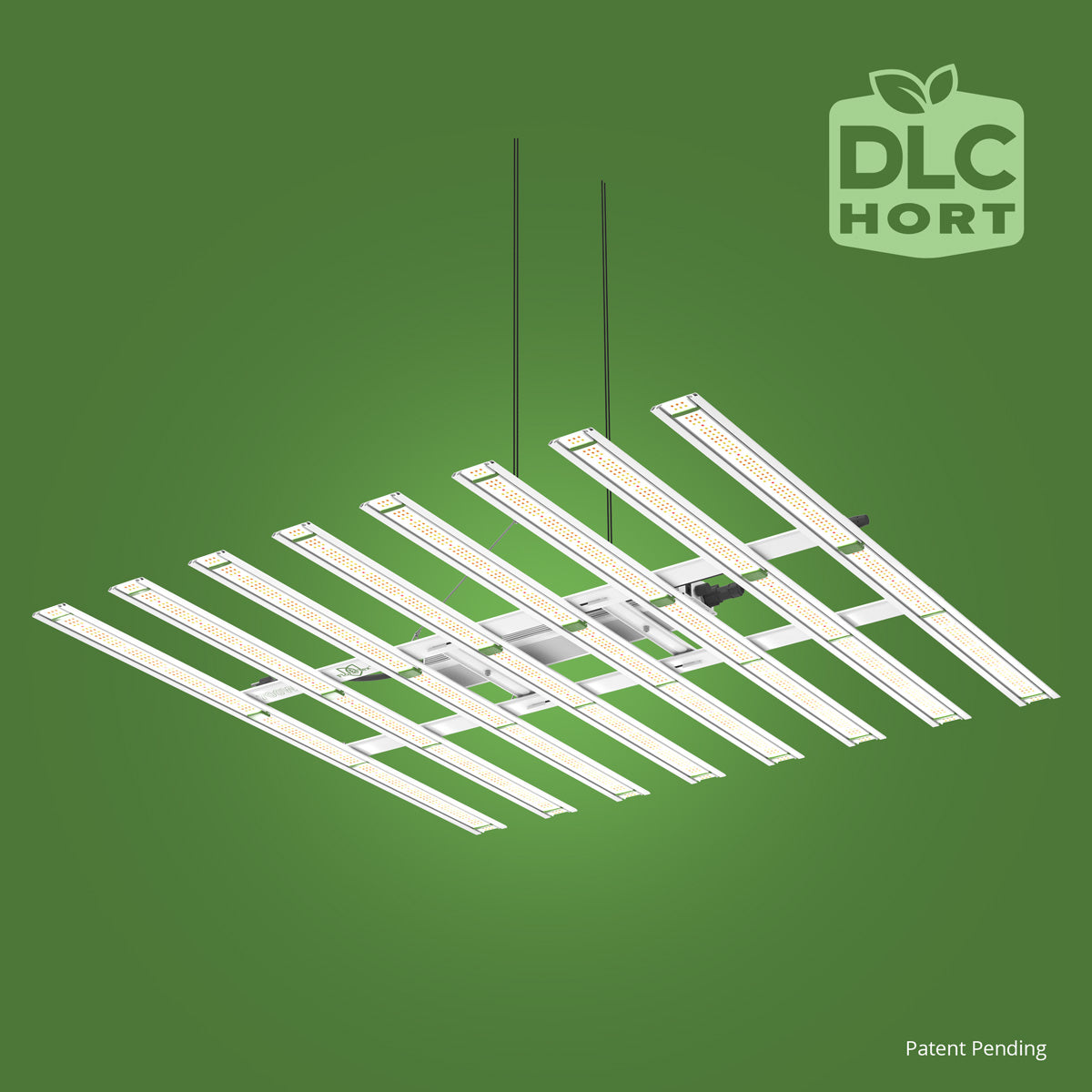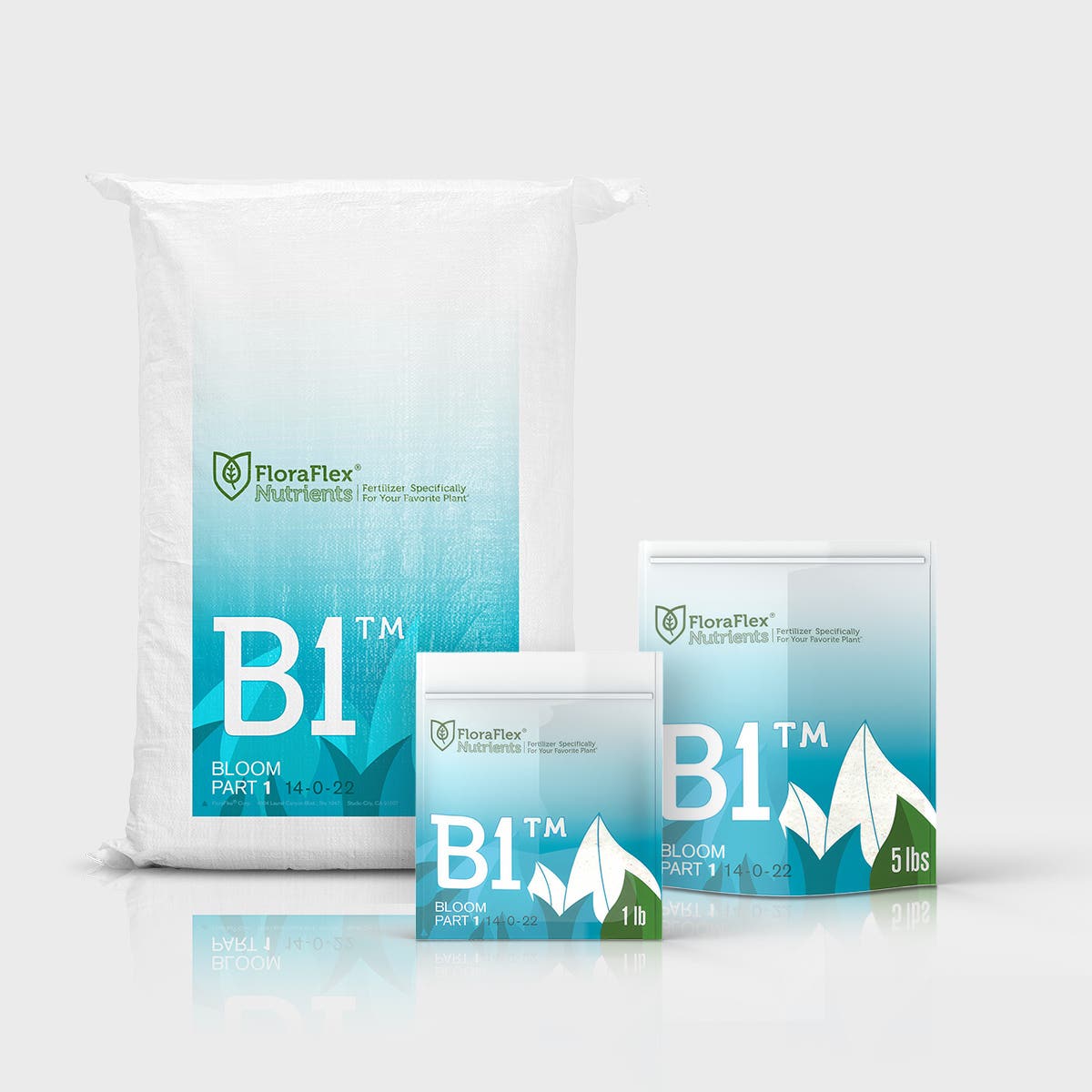If you’re upgrading cannabis lighting, the switch to full-spectrum LED grow lights is more than an energy play. It’s about controllable PPFD, consistent PAR maps, and a spectrum that supports compact veg and high-quality flower. This guide explains the core concepts—efficacy (µmol/J), DLI, hanging height, CO₂, VPD, and uniformity—so you can design a repeatable lighting strategy from clone to cure.
Why LED grow lights outperform legacy fixtures in cannabis cultivation
Modern LED arrays convert more power into photosynthetically active radiation, delivering higher efficacy (µmol/J) and tighter PPFD uniformity at the canopy. A well-designed multi-bar fixture spreads diodes across area, lowering hot spots and smoothing the PPFD histogram—crucial for even transpiration, irrigation timing, and consistent cannabinoid and terpene development.
Full spectrum matters, too. Broad spectral energy supports robust vegetative morphology and dense, resinous flowers, with natural color rendering to visually assess plant health. Unlike narrow-band solutions, balanced full spectrum makes it easier to scale DLI without unwanted stretch or tip burn.
Explore FloraFlex lighting • LED Grow Lights
PPFD, DLI, and spectrum—how to translate numbers into plant outcomes
PPFD (µmol·m⁻²·s⁻¹) is the photon density at a moment in time; DLI (mol·m⁻²·day⁻¹) is your daily total. Most rooms target moderate PPFD in veg for compact structure, then step up in flower where climate and CO₂ can support it. Always confirm DLI = average PPFD × photoperiod × 3,600 ÷ 1,000,000.
Spectrum doesn’t change DLI math, but it influences morphology and photobiology. A full-spectrum LED with balanced blue, green, and red channels typically yields compact internodes in veg and efficient photon use in bloom, while maintaining color fidelity for scouting.
Hanging height, spacing, and uniformity: getting the PAR map right
Mount height sets the tradeoff between intensity and uniformity. Slightly higher mounts often improve uniformity at a given PPFD (wider spread, a touch more dimming). Validate with a PAR meter: build a quick 9–16 point grid at canopy and aim for ±10–15% variation. Re-map after major canopy changes (defoliation, late stretch) or fixture moves.
In high-ceiling or open bays, a high-bay full-spectrum LED can deliver strong center penetration with smooth edge roll-off. For growers considering that form factor, a 600–700W high-bay (for example, the FloraFlex 680W High Bay) is a good reference point—keep it on 0–10V control so intensity can track plant stage and environment. (Example product link: 680W High Bay Full Spectrum LED)
Control and environment: PPFD only works if CO₂ and VPD keep up
Raising PPFD increases photosynthetic demand. Make sure CO₂ setpoints, airflow, and VPD (leaf temperature, humidity, and air temp) scale with light intensity. Under LED, leaf-surface temperatures can be slightly lower than with HPS at the same air temp; measure with an IR thermometer and adjust VPD targets so stomata stay active and irrigation stays predictable.
Use 0–10V dimming to create sunrise and sunset ramps that reduce stress, and phase-based setpoints (veg, transition, mid-bloom) to keep the canopy inside its physiological comfort zone.
Phase-based intensity strategy (example)
Treat intensity like a steering lever. In veg, run moderate PPFD for tight structure and strong root mass. During transition, ramp in small steps while watching tips and leaf angle for stress. In mid-bloom, hold a stable PPFD where CO₂ and nutrition keep photosynthesis efficient. Late bloom may tolerate a gentle taper to maintain quality in sensitive cultivars. The common thread: measure PPFD at canopy, track runoff and dry-backs, and let data inform changes.
When to add under-canopy lighting
Dense, multi-tier or large single-tier canopies can shade lower sites even with a strong top array. Full-spectrum under-canopy bars can improve lower-canopy PPFD uniformity and even development. Keep them on dimmable control and match their schedule to the main array to avoid oversaturation and unwanted stretch.
See under-canopy options • Under-Canopy LEDs
Energy, maintenance, and ROI
LED efficacy (µmol/J) allows target PPFD with fewer watts at the wall versus legacy fixtures. Add the absence of lamp swaps, stable output over time, and dimming-based right-sizing of intensity, and total cost of ownership declines while uniformity and repeatability improve. In rebate markets, DLC-listed fixtures can further improve payback.
Quick FAQ: cannabis LED lighting
What PPFD should I run?
It depends on cultivar, environment, and CO₂ strategy. Many facilities validate moderate PPFD in veg, higher in bloom where climate supports it. Always confirm DLI and watch plant response before stepping up.
How high should I hang my LED grow lights?
Start with the manufacturer’s recommendation, then verify with a PAR map at canopy. If uniformity is poor, try a bit higher with slightly more dimming to smooth peaks while maintaining average PPFD.
Do I need CO₂ to benefit from LEDs?
LEDs help even without CO₂, but higher PPFD is easiest to use efficiently when CO₂, VPD, and irrigation can keep pace. Measure, don’t assume—leaf temp and runoff EC tell you how the plant is handling the change.
Putting it together
A modern full-spectrum LED program is a combination of mapped PPFD, dialed DLI, dimmable control, and climate that matches light intensity. Whether you’re lighting a compact single-tier room or a high-ceiling bay, choose fixtures that deliver uniform PAR and integrate cleanly with 0–10V. For growers considering a high-bay format, a roughly 680W class fixture is a practical reference point when paired with good mapping and environmental control.
Browse lighting • FloraFlex LED Lighting | 680W High Bay (Full Spectrum)

